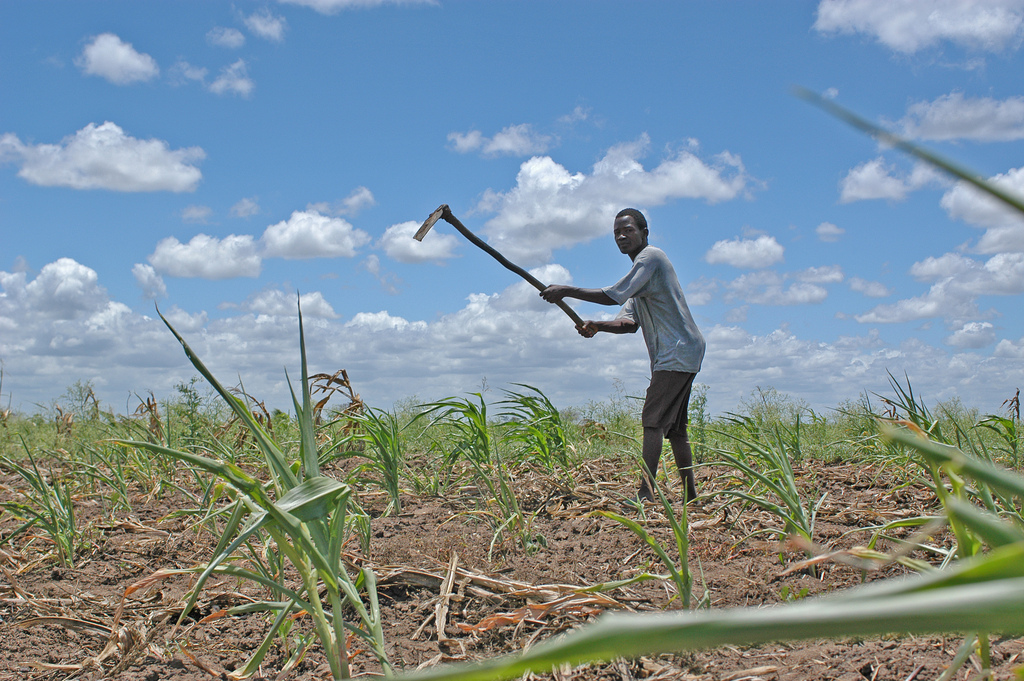“We, the poor.” This is how Francisco Chicompa introduces the peasant families who live in Napai II, a village in the district of Mecuburi, Nampula province in Mozambique. The label stuck like glue: poor is what they were called, and so poor is what they were. Despite this, the land in the region has provided food for him, his wife and his eleven children. The land has provided money to buy clothes and sent the children to school. The land has held memories of his ancestors, which he was of course obliged to pass on, intact, to future generations.
The winds of progress came into their community in 2011, in the form of a plantation project, which was presented to the community as the solution to their problems. “We have come to put an end to your poverty”, they were told by the project’s managers. A school would be built, as well as a health center and two water points, permanent work would be provided, etc. In return, the peasants would have to give up the only thing that guaranteed them a living: their land. Six years later, agricultural production and productivity has diminished, compensation and damages have not been paid as agreed, work is still seasonal and insecure and the land where the communities built their houses and produced food - to eat and to sell - are now occupied by eucalyptus plantations.
A plethora of cases such as this can be recounted. In early 2008, the world food crisis created a quick shift in agricultural investment to countries with productive land and cheap labor. The Nacala Corridor, one of the most fertile areas in Mozambique, where 80% of the population lives off of agriculture, was heavily affected. Almost 40 large scale agricultural companies settled into the region. Thousands of peasant farmers were dispossessed of their land and are still waiting for the promises made to them, to turn into reality.
In an act of resistance, these communities are now fighting to reclaim their rightful rights! "Land of plenty, land of but a few" is a web documentary by digital production house Divergente, which recounts the story, focusing heavily on the arrival of large scale agricultural investments in the Corridor.

